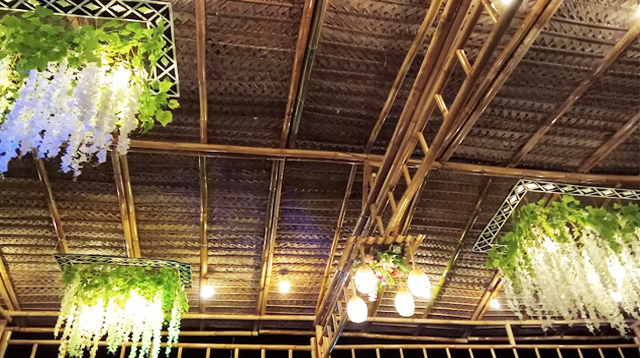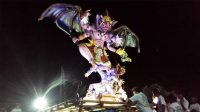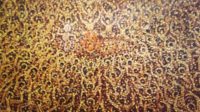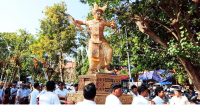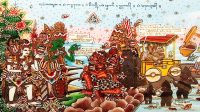GREEN coconut leaf weaving is not just a handicraft it is a symbol of human connection with nature. In Bali, this weaving is often used as a roof for temporary tents and decorations in various customary ceremonies, including traditional weddings. The use of green coconut leaves creates a natural, cool, and aesthetic impression, while also showing the beauty of Balinese traditional art rooted in local wisdom. While in good condition, it can be used for some times.
Practical and Aesthetic Roofs
In emergency situations, such as events that require quick preparation or unpredictable weather conditions, green coconut leaf weaving can be a choice as an emergency tent roof. The wide and strong leaves provide effective protection from rain and hot sun. In addition, the manufacturing process is relatively quick and easy because the raw materials are abundant in Bali. The tight weaving structure makes it wind-resistant and provides natural coolness.
Natural Art in Traditional Balinese Weddings
In the context of traditional Balinese weddings, green coconut leaf weaving is often used as decoration to beautify the wedding stage or ceremony area. Even though today has been available modern tents, some people prefer to use this plaited coconut leaf. This weaving skill has been passed down from generation to generation, creating ornaments that are not only visually beautiful, but also full of meaning. For example, certain woven shapes are believed to bring blessings and protect the bride and groom from negative energy.
The use of green coconut leaves as decoration also shows the philosophy of Tri Hita Karana, which is the balance between humans, nature, and God. By using natural materials, the Balinese people express their gratitude to nature and maintain harmony with the surrounding environment.
Aesthetic and Economic Value
The beauty of green coconut leaf weaving also adds aesthetic value to wedding events. This natural decoration gives an elegant yet simple impression, reflecting the authenticity of Balinese culture. In addition, the use of green coconut leaves has economic value for the local community, who often provide weaving services for traditional and commercial events.
Conclusion
Green coconut leaf weaving is a manifestation of natural art that is rich in cultural and philosophical values. Its use as a roof for emergency tents or traditional Balinese wedding decorations not only provides practical functions but also enriches aesthetic and spiritual values. By continuing to preserve this tradition, the Balinese people continue to maintain a harmonious relationship between humans and nature, while introducing the beauty of local culture to the world.



